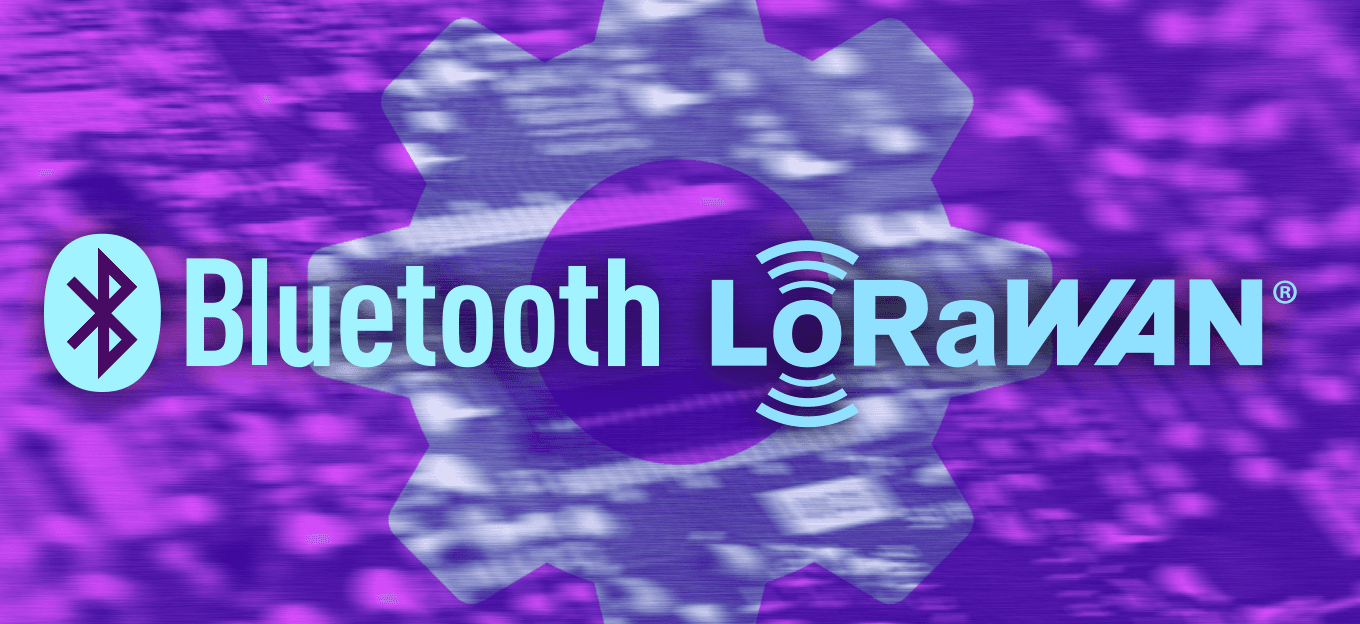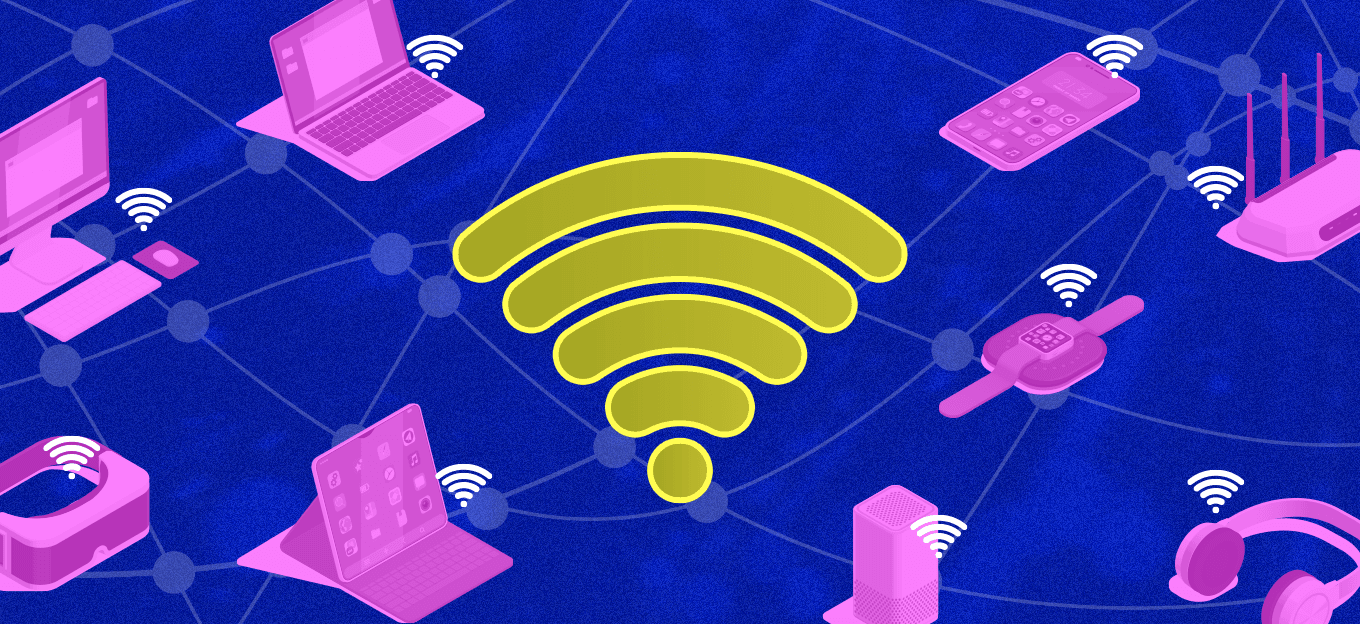
New Podcast Episode
Moving Past the Pilot Phase in IoT and AI

Free eBook
The IoT Playbook: A Guide to Success

New Solution
Smart Facility Management
Logistics Operations Fly Blind Without IoT: How Real-Time Visibility and Asset Tracking Drive Control
Emily Newton
Dec 11, 2025


The Long View: What Enlit Revealed about the Future of Utility Networks
LoRa Alliance
Dec 10, 2025


SHM Software: Real-Time Monitoring and Predictive Maintenance in Smart Infrastructure
SURVIOT Monitoring
Dec 10, 2025


Reducing Food Deserts with IoT
Touio
Dec 9, 2025


Your Next Hire Might Be an AI Voice Agent (That's Good News)
MANOJ MILANI
Dec 8, 2025


Metadata Management: The Cornerstone of Modern Data Governance for OEMs and Enterprises
Tanisha Tiwari
Dec 8, 2025


5G RedCap: The Goldilocks of IoT Connectivity
Giesecke+Devrient
Dec 5, 2025


How AI Improves OTA Updates
Zac Amos
Dec 5, 2025
Recent Articles


How the Internet of Things Simplifies Holiday Deliveries
ButterflyMX
Dec 3, 2025


Demystifying the New eSIM for IoT: What Every Enabler Should Know
Simplex Wireless
Dec 2, 2025


How Medical Text Annotation Powers Healthcare AI
Matthew
Dec 1, 2025


2025 Gift Guide: Smart Gifts for Travel and Fitness
IoT For All
Nov 28, 2025


2025 Gift Guide: Best Smart Home Gifts
IoT For All
Nov 27, 2025


Smart Cities Are Getting Smarter—Quietly Racing Against Urban and Climate Challenges
LoRa Alliance
Nov 26, 2025
All Articles
LoRaWAN
The Overlooked Role of Bluetooth in LoRaWAN Systems
Bluetooth and LoRaWAN can work together, and they do it well.
Lansitec
Dec 4, 2025

LoRaWAN
The Overlooked Role of Bluetooth in LoRaWAN Systems
Lansitec
Dec 4, 2025

Supply Chain and Logistics
How the Internet of Things Simplifies Holiday Deliveries
IoT streamlines holiday deliveries by automating access and security, & improving efficiency for couriers, property managers, & residents.
ButterflyMX
Dec 3, 2025

Supply Chain and Logistics
How the Internet of Things Simplifies Holiday Deliveries
ButterflyMX
Dec 3, 2025

eSIM/iSIM
Demystifying the New eSIM for IoT: What Every Enabler Should Know
This article covers thew new eSIM for IoT spec starting from history and then going into practical things enabler needs to take into account.
Simplex Wireless
Dec 2, 2025

eSIM/iSIM
Demystifying the New eSIM for IoT: What Every Enabler Should Know
Simplex Wireless
Dec 2, 2025

Artificial Intelligence
How Medical Text Annotation Powers Healthcare AI
Context-rich and accurate medical text annotation will intensify as healthcare continues to embrace AI-driven transformation.
Matthew
Dec 1, 2025

Artificial Intelligence
How Medical Text Annotation Powers Healthcare AI
Matthew
Dec 1, 2025

Consumer IoT
2025 Gift Guide: Smart Gifts for Travel and Fitness
IoT For All
Nov 28, 2025

Consumer IoT
2025 Gift Guide: Smart Gifts for Travel and Fitness
IoT For All
Nov 28, 2025

Consumer Products
2025 Gift Guide: Best Smart Home Gifts
IoT For All
Nov 27, 2025

Consumer Products
2025 Gift Guide: Best Smart Home Gifts
IoT For All
Nov 27, 2025

LoRaWAN
Smart Cities Are Getting Smarter—Quietly Racing Against Urban and Climate Challenges
LoRaWAN is driving smart city growth as 100+ cities deploy real solutions addressing infrastructure, climate, and resource challenges.
LoRa Alliance
Nov 26, 2025

LoRaWAN
Smart Cities Are Getting Smarter—Quietly Racing Against Urban and Climate Challenges
LoRa Alliance
Nov 26, 2025

Connectivity
Rethinking Connectivity for Massive IoT
Combined with modern eSIM management frameworks, NB-IoT enables millions of constrained devices to stay connected for over a decade.
Motive
Nov 25, 2025

Connectivity
Rethinking Connectivity for Massive IoT
Motive
Nov 25, 2025

Medical Devices
Smart Devices, Tougher Rules: The Future of Medical Device Compliance
Connected medical devices demand continuous updates, strong security, and proactive compliance to stay safe, effective, and trusted.
Northern.tech
Nov 24, 2025

Medical Devices
Smart Devices, Tougher Rules: The Future of Medical Device Compliance
Northern.tech
Nov 24, 2025

Bluetooth/BLE
Battery-Powered vs. Energy-Harvesting BLE Label Alternatives
Powering BLE Labels: understanding the differences and advantages of battery-powered and energy-harvesting options.
Zinergy
Nov 24, 2025

Bluetooth/BLE
Battery-Powered vs. Energy-Harvesting BLE Label Alternatives
Zinergy
Nov 24, 2025

AI Data
Fixing Flawed AI: How to Turn the Contact Center Data Swamp into Actionable Insight
AI promised clarity but instead created a data deluge. Here’s how contact centers can turn noise into insight with actionable intelligence.
Omilia
Nov 21, 2025

AI Data
Fixing Flawed AI: How to Turn the Contact Center Data Swamp into Actionable Insight
Omilia
Nov 21, 2025

WiFi
WiFi Radio Configuration for IoT: The Settings That Actually Matter
Why your smart factory sensors keep disconnecting, and which radio parameters can change your life.
MarceloSimonato
Nov 21, 2025

WiFi
WiFi Radio Configuration for IoT: The Settings That Actually Matter
MarceloSimonato
Nov 21, 2025

The Most Comprehensive IoT Newsletter for Enterprises
Showcasing the highest-quality content, resources, news, and insights from the world of the Internet of Things. Subscribe to remain informed and up-to-date.





